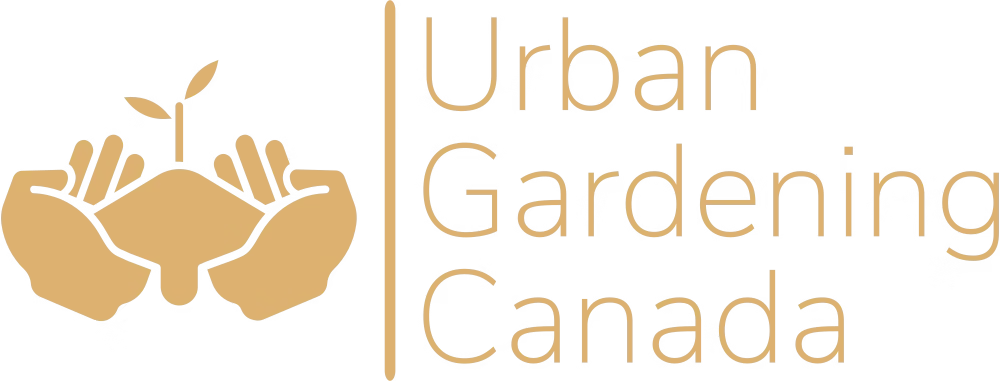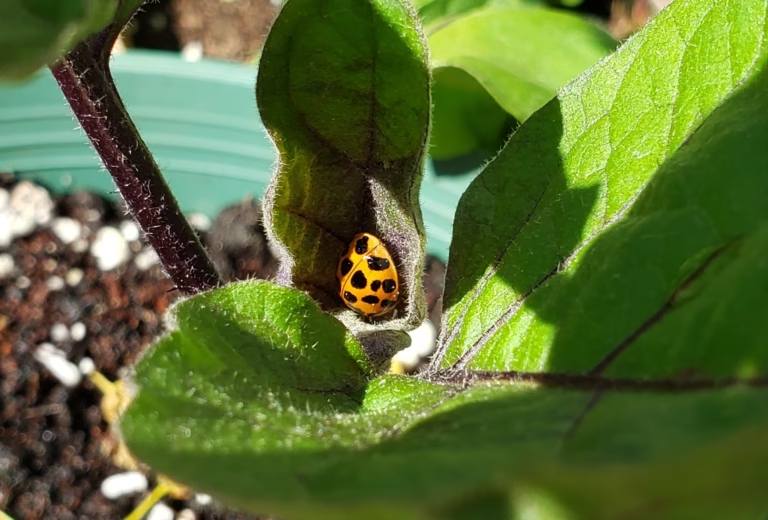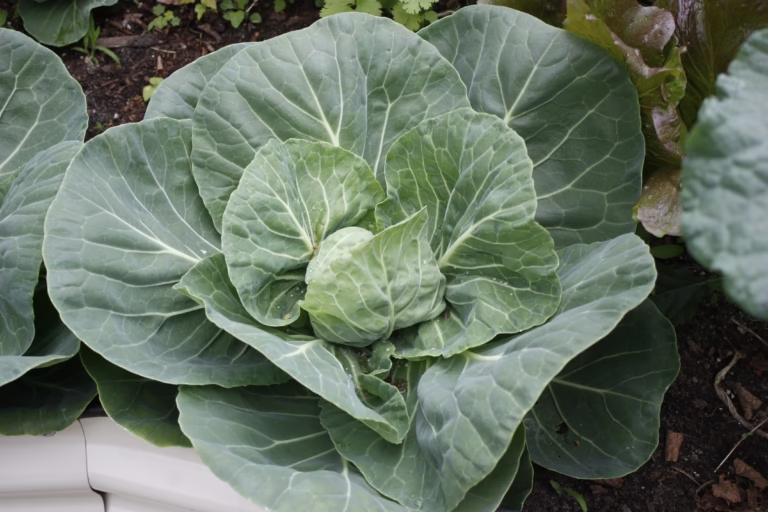
How to Prep Your Garden For Winter and Spring

As summer and fall come to an end it’s important to prep your garden for the winter. You want your garden in good shape for the spring when it’s time to start again, while supporting biodiversity across all the seasons. Here are 10 tasks that you should be doing before winter comes to prepare your garden for its winter slumber.
Cover Frost Sensitive Vegetables

If you’re growing a fall garden have your frost cover ready for when your first frost date arrives. Frost covers help protect your fall garden vegetables on cold nights, allowing them to grow later into the season, providing you harvests later into fall.
Cover Perennials That Require Extra Protection

If you’re growing any perennials that are on the cusp of your growing zone, they will need extra protection over winter to ensure that they come back next spring. You can cover these plants with thick mulch, buckets or plant covers (pictured above).
Take your garden skills to the next level with our self-paced, online gardening course!
Mulch Your Garden

Add a thick layer of mulch to your garden using straw, hay, grass clippings or compost. This helps feed the soil over the winter, protects the microorganisms and keeps your plant roots warm during the coldest months. If you decorate your porch in the fall for Thanksgiving or autumn, use the straw as your mulch once the holiday is over!
Collect Seeds

Collect seeds from any plants that you want to grow again next year. The easiest seeds to save are flowers, tomatoes and even peppers. Make sure to store them in a cool, dry place and label them so you don’t forget what they are! We label and use a brown paper bag, fill it with seeds and sort them over the winter months as many flowers have both seeds and chaff that need to be separated.
Continue growing your garden knowledge
- How to Invite Ladybugs into Your Garden
- How to Grow Cabbage from Seed to Harvest
- Your Most Asked Raised Garden Questions ANSWERED
- 6 Tricks to Grow Massive Onions in Cold Climates
- Want a Huge Pepper Harvest? 6 Tips for Cold Climates
Avoid Deadheading Perennials

Avoid removing spent flowers and stems from your plants. If you have stems still attached to your plant, insects may burrow into them to nest over the winter. By leaving stems in your garden, you give them the option to burrow and survive the winter. Many flower heads contain seeds that feed birds over the winter. The photo above is seeds of echinacea flowers that feed birds, such as Goldfinches, into late fall and early spring.
Plant Spring Blooming Bulbs

Fall is the right time to plant spring flower bulbs and garlic cloves. Spring bulbs can be ordered online, or picked up in your local garden centre. In order for the flowers to bloom in spring they need a period of cold which is why they need to be planted in the fall. If you are new to planting spring bulbs, daffodils come in a wide variety of shapes and colours and most animals won’t dig them up – making them perfect for beginners!
Join our family, and grow your garden knowledge further
Clean tools, seed trays, pots and other seed starting equipment

We don’t know about you, but this has got to be our least favourite task. Fall is a great time to clean all of your seed starting trays, cell packs, pots and other gardening equipment like trowels and knives. Cleaning your seed starting equipment now makes your life so much easier in spring. Pulling out your equipment in February, only to find out it’s dirty makes an already difficult task even harder. Who wants to go outside in the snow to clean off equipment? As horrible of a task that it is, we promise you will be thankful you did it.
Remove Hoses and Drip Irrigation

Fall is often a wet season, which means the need for watering hoses and drip irrigation is no longer needed. Especially if you aren’t growing a fall garden, it’s the perfect time to undo and pack up your watering equipment. Keeping your hoses out in the winter can cause them to freeze and crack which is both a costly mistake, but also wasteful. When undoing your hoses make sure to let all the water come out of the hose before you bring it into your garage or shed, otherwise it can cause a wet mess.
Drain Rain Barrels

Let’s start here: if you don’t already have a rain barrel, get a rain barrel! We promise you won’t regret it.
And now that you have a rain barrel, make sure you drain it at the end of the season. Don’t leave any water in your barrels, because it’ll freeze over the winter and crack the barrel, making it unusable. The best thing you can do is move them into your shed or garage over the winter, however if you don’t have a place to store them, they will survive outdoors over the winter, as long as they’re empty.
Store Tools, Garden Equipment and Patio Furniture
Put away any tools, obelisks, stakes and other garden supplies in your garage or shed. Protecting them from the harsh winter will help prolong their lifespan and avoid them rusting or breaking. Put away any patio furniture cushions and cover your furniture to help keep them protected from the snow and ice.
Finally, take a rest! You need a break just as much as your garden soil does. Use the winter to recharge, dream and plan for next years amazing garden and enjoy the winter months. You deserve it!






